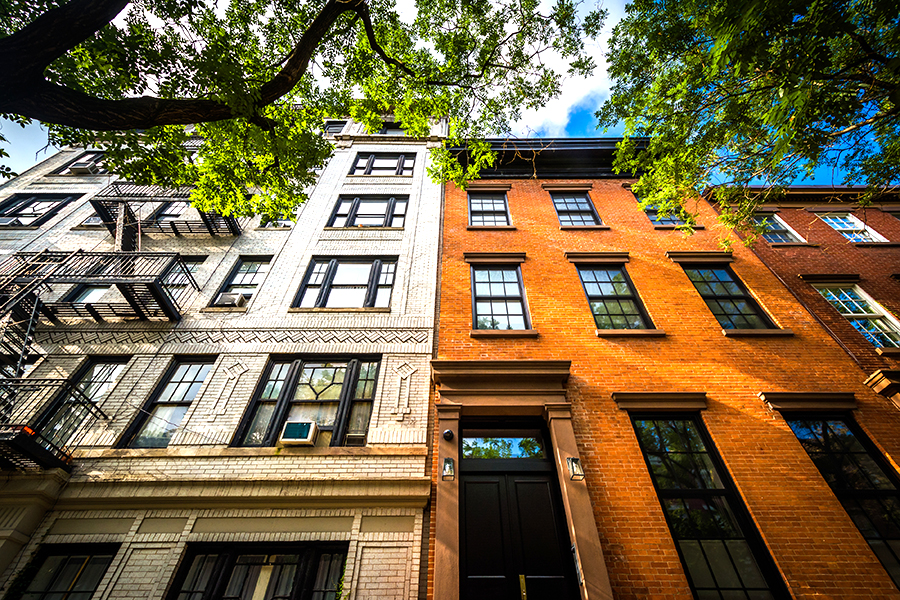Buying Neglected Commercial Apartment Buildings From Banks
The real estate market has been changing in the past decade, between the years 2016 and 2020 many banks will be forced to foreclose and liquidate a portion of their commercial holdings.
The reason for this is several banks have too many commercial loans on their books and are required by federal regulation to reduce the number of loans they have. With that being said, during the next five years, we are going to see a large percentage of commercial loans come due, which will give the banks the opportunity to require the payoff of the loan, OR they will be forced to foreclose.
It took me a while to get my arms around this. Why would a bank ever foreclose on someone that is making his or her payments? Although the answer is simple, it may not make sense. They will be forced to foreclose by the FDIC to reduce the number of commercial loans on their books.
Short-Term Payments Need to be Repaid in Full in Shorter Time
The majority of commercial loans are short term, meaning they have to be repaid in full within a few years. It is not uncommon to see terms as short as three to five years.
In the past when real estate appreciated, banks would just charge a small fee and renew the loans. Now that commercial properties have depreciated and many owners are underwater banks can’t renew the loans unless the owner contributes a large amount of cash to keep the total loan to value within bank guidelines.
It can be very difficult to come up with a large amount of cash so many owners will be unable to keep their properties. Keep your eyes open because we are going to see some tremendous opportunities in commercial real estate over the next several years.
Just like residential, I believe it is important to be able to run the numbers on a property quickly to know if you want to spend any time on a deal. You should be able to rule out about 90% of the deals you look at within the first three minutes so you only spend quality time on deals that you would actually buy.
What CAP Should You Expect?
Each neighborhood and area will require different CAPs. This is the key to analyzing your deal. It is best to start by picking one or two areas you want to buy in and work with an experienced Realtor. Ask the Realtor what CAP you should expect in an area.
Over time you will begin to see trends on the CAPs in different areas. You can also pick a CAP that you are comfortable with and look for areas that can produce it. There is a good chance you won’t want to manage your own property so you may not want to limit your search to your own back yard; especially if you are trying to hit a certain CAP rate. Some of the best deals will be in another part of the country.
Double and Triple Check the Deal
Once you either know a CAP that you want to accomplish or a few areas you won’t buy-in, it is time to start looking at deals. If the CAP that you come up with is close to what you would expect for the area or is high enough to meet your goals you will take the next step in your analytics. The next step could be a letter of intent or simply spending more time on diligence.
To analyze the deal in three minutes you will divide the NOI by the listed price. I see a lot of mistakes in obtaining the NOI. Here is how it should be done; gross income minus expenses. Sounds easy, right. Let’s go through it.
- Utilities (gas, electric, trash. Who pays what?)
- Taxes
- Insurance
- Repairs
- Reserve to replace
- Accounting/bookkeeping
- Other
Effective Gross Income – Total Expenses = NOI
Most of the numbers are self-explanatory and you should be able to obtain them unless you already know what they should be. Most of the time the seller will give you this information and it will be accurate. There are a few variables I want to address and I recommend using your own numbers and not what the seller tells you. All percentages are based on the gross income before the vacancy.
What is Vacant in the Apartment Building?
Always use a least 5% even if vacancy rates are a little lower. Be conservative here. Some areas could be even higher and reach closer to 10%. As a general rule bad areas could be closer to 10% and good areas will be closer to 5%.

